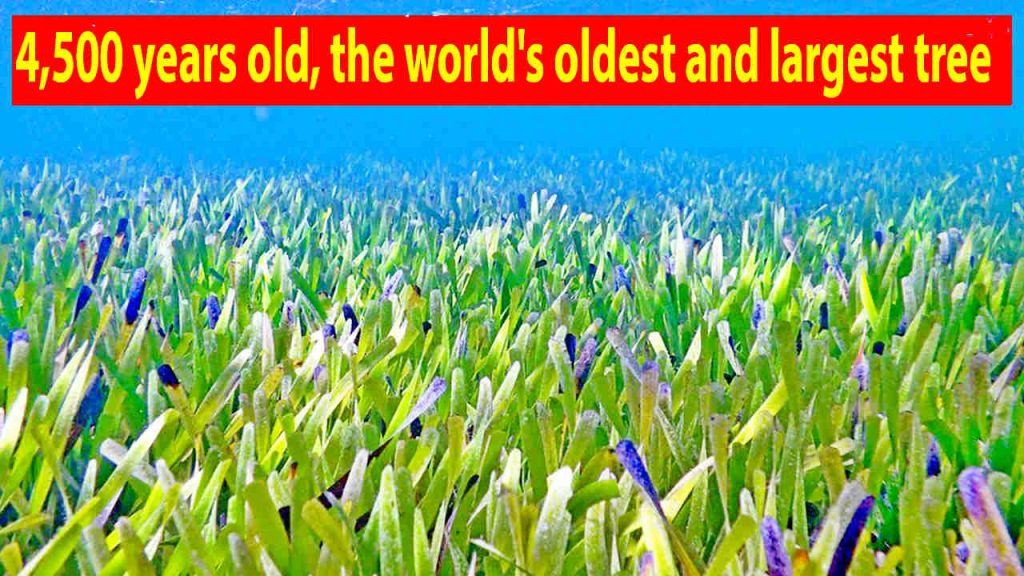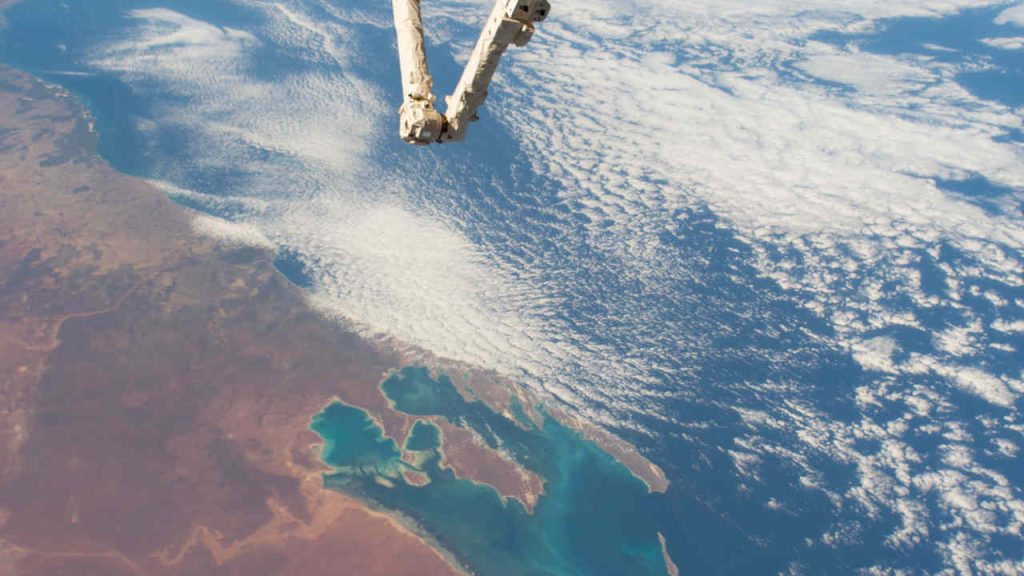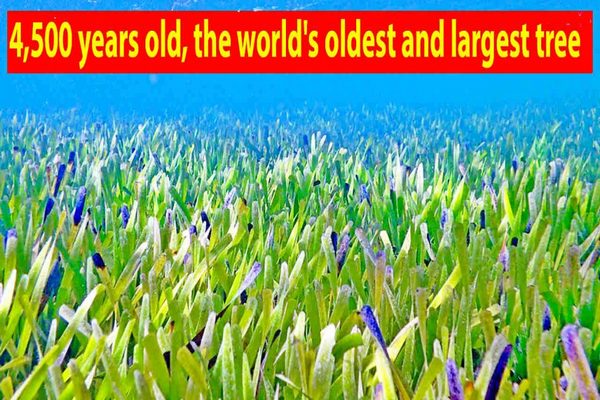The biggest plant in the world was found.

Off Australia’s coast, a seagrass three times the size of Manhattan was discovered.
Definition of seagrass
Seagrasses are aquatic plants that developed from terrestrial species. They are similar to terrestrial plants in that they contain leaves, flowers, seeds, roots, and connective tissues, and they produce food by photosynthesis. In contrast to terrestrial plants, however, they lack sturdy stems and instead rely on the buoyancy of the surrounding water to maintain them. Seagrasses are a vital food source and habitat for animals, providing sustenance to a wide variety of organisms, including fish, octopuses, sea turtles, shrimp, blue crabs, oysters, sponges, sea urchins, anemones, clams, and squid. Through the process of photosynthesis, seagrasses emit oxygen into the water, earning them the nickname “lungs of the sea.”
Scientists have confirmed through DNA testing that a huge underwater meadow in Western Australia is in reality a single plant.
It is estimated to have spread over at least 4,500 years from a single seed.
The seagrass covers approximately 200 square kilometers (77 square miles), according to experts from the University of Western Australia.
In Shark Bay, the finding was made by chance, around 800 kilometers (497 miles) north of Perth.

They sought to comprehend the genetic diversity of the plant, also known as ribbon weed, which is often found along the coast of Australia.
Researchers gathered samples of shoots from throughout the bay and analyzed 18,000 genetic markers to generate a “fingerprint” for each sample.
They intended to determine how many plants comprised the meadow.
“The answer stunned us – there was only one!” Jane Edgeloe, the study’s primary author, stated:
“That’s it, a single plant in Shark Bay has grown over 180 kilometers, making it the largest known plant on Earth.”
The plant’s resilience is particularly noteworthy, as it has thrived in locations across the bay with drastically varied environmental circumstances.
One of the researchers, Dr. Elizabeth Sinclair, remarked, “It appears to be quite tough, enduring a wide variety of temperatures and salinities as well as extremely high light circumstances, which would normally be extremely stressful for most plants.”
The plant grows at a rate of up to 35cm (13.7in) per year, similar to a lawn. Researchers believe that it took 4,500 years for the world to expand to its current size.







